Claire Glanois
MarioGPT: Open-Ended Text2Level Generation through Large Language Models
Feb 12, 2023Abstract:Procedural Content Generation (PCG) algorithms provide a technique to generate complex and diverse environments in an automated way. However, while generating content with PCG methods is often straightforward, generating meaningful content that reflects specific intentions and constraints remains challenging. Furthermore, many PCG algorithms lack the ability to generate content in an open-ended manner. Recently, Large Language Models (LLMs) have shown to be incredibly effective in many diverse domains. These trained LLMs can be fine-tuned, re-using information and accelerating training for new tasks. In this work, we introduce MarioGPT, a fine-tuned GPT2 model trained to generate tile-based game levels, in our case Super Mario Bros levels. We show that MarioGPT can not only generate diverse levels, but can be text-prompted for controllable level generation, addressing one of the key challenges of current PCG techniques. As far as we know, MarioGPT is the first text-to-level model. We also combine MarioGPT with novelty search, enabling it to generate diverse levels with varying play-style dynamics (i.e. player paths). This combination allows for the open-ended generation of an increasingly diverse range of content.
HyperNCA: Growing Developmental Networks with Neural Cellular Automata
Apr 25, 2022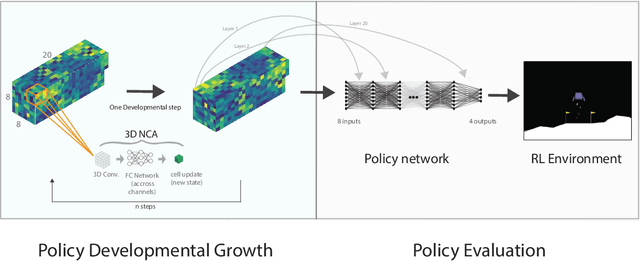

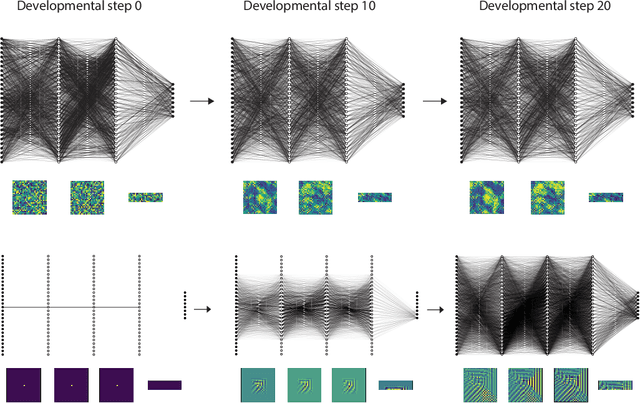
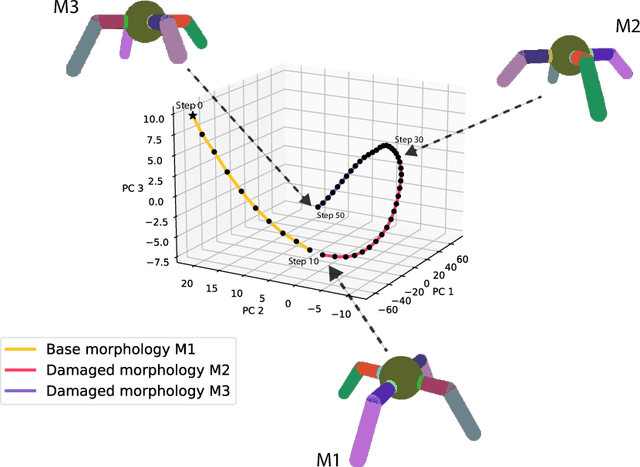
Abstract:In contrast to deep reinforcement learning agents, biological neural networks are grown through a self-organized developmental process. Here we propose a new hypernetwork approach to grow artificial neural networks based on neural cellular automata (NCA). Inspired by self-organising systems and information-theoretic approaches to developmental biology, we show that our HyperNCA method can grow neural networks capable of solving common reinforcement learning tasks. Finally, we explore how the same approach can be used to build developmental metamorphosis networks capable of transforming their weights to solve variations of the initial RL task.
Neuro-Symbolic Hierarchical Rule Induction
Dec 26, 2021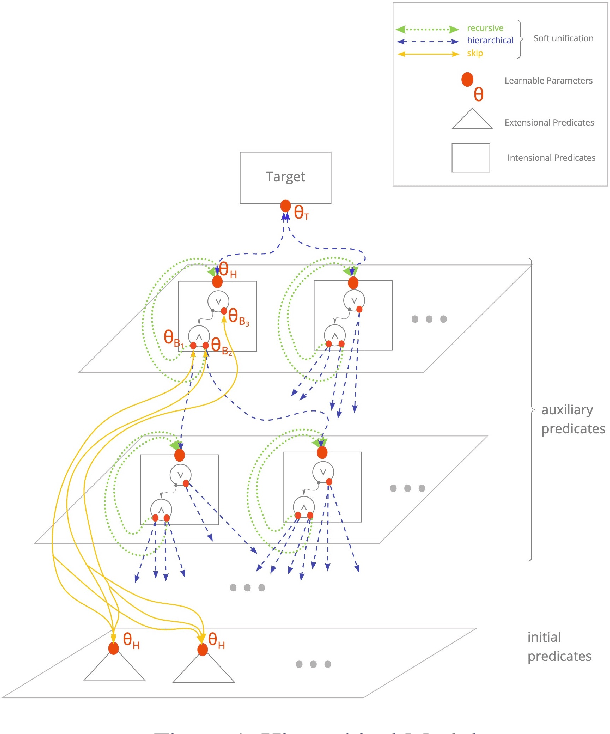
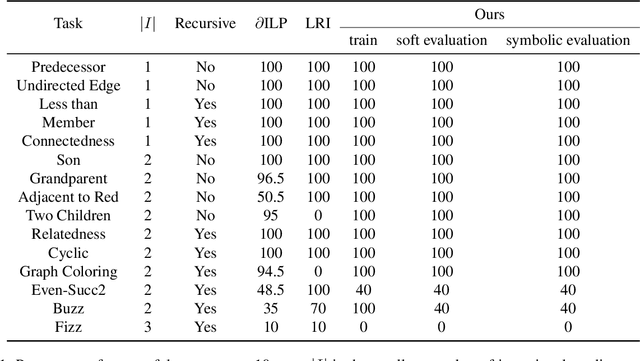


Abstract:We propose an efficient interpretable neuro-symbolic model to solve Inductive Logic Programming (ILP) problems. In this model, which is built from a set of meta-rules organised in a hierarchical structure, first-order rules are invented by learning embeddings to match facts and body predicates of a meta-rule. To instantiate it, we specifically design an expressive set of generic meta-rules, and demonstrate they generate a consequent fragment of Horn clauses. During training, we inject a controlled \pw{Gumbel} noise to avoid local optima and employ interpretability-regularization term to further guide the convergence to interpretable rules. We empirically validate our model on various tasks (ILP, visual genome, reinforcement learning) against several state-of-the-art methods.
A Survey on Interpretable Reinforcement Learning
Dec 24, 2021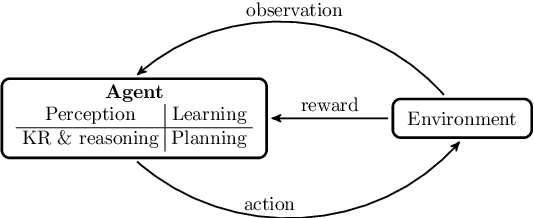


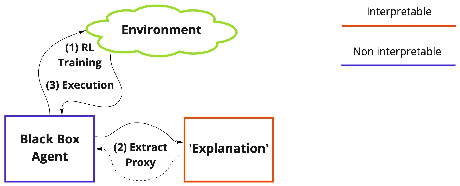
Abstract:Although deep reinforcement learning has become a promising machine learning approach for sequential decision-making problems, it is still not mature enough for high-stake domains such as autonomous driving or medical applications. In such contexts, a learned policy needs for instance to be interpretable, so that it can be inspected before any deployment (e.g., for safety and verifiability reasons). This survey provides an overview of various approaches to achieve higher interpretability in reinforcement learning (RL). To that aim, we distinguish interpretability (as a property of a model) and explainability (as a post-hoc operation, with the intervention of a proxy) and discuss them in the context of RL with an emphasis on the former notion. In particular, we argue that interpretable RL may embrace different facets: interpretable inputs, interpretable (transition/reward) models, and interpretable decision-making. Based on this scheme, we summarize and analyze recent work related to interpretable RL with an emphasis on papers published in the past 10 years. We also discuss briefly some related research areas and point to some potential promising research directions.
Growing 3D Artefacts and Functional Machines with Neural Cellular Automata
Mar 15, 2021
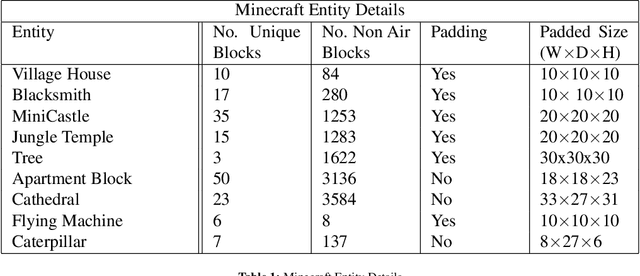

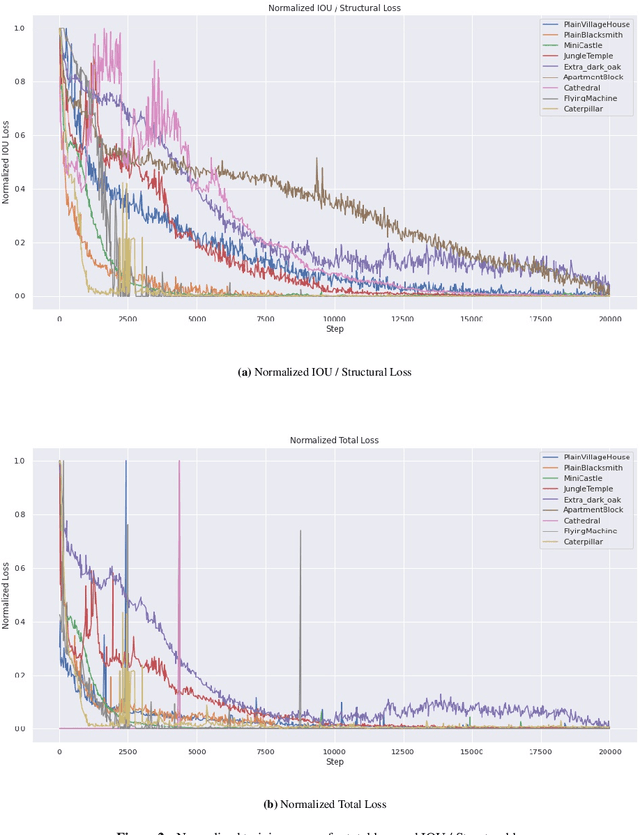
Abstract:Neural Cellular Automata (NCAs) have been proven effective in simulating morphogenetic processes, the continuous construction of complex structures from very few starting cells. Recent developments in NCAs lie in the 2D domain, namely reconstructing target images from a single pixel or infinitely growing 2D textures. In this work, we propose an extension of NCAs to 3D, utilizing 3D convolutions in the proposed neural network architecture. Minecraft is selected as the environment for our automaton since it allows the generation of both static structures and moving machines. We show that despite their simplicity, NCAs are capable of growing complex entities such as castles, apartment blocks, and trees, some of which are composed of over 3,000 blocks. Additionally, when trained for regeneration, the system is able to regrow parts of simple functional machines, significantly expanding the capabilities of simulated morphogenetic systems.
Differentiable Logic Machines
Feb 24, 2021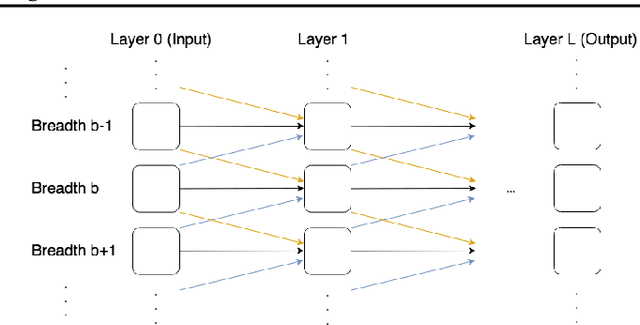
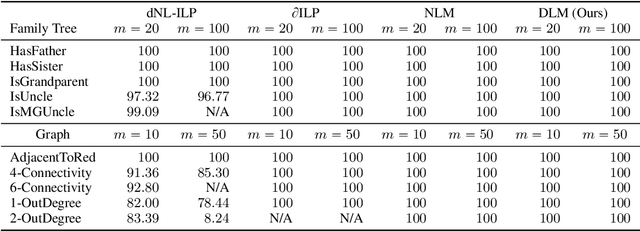

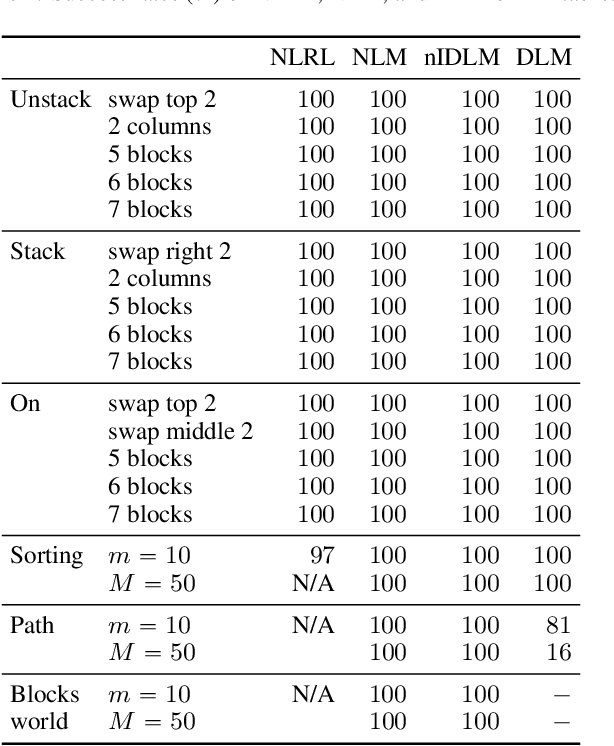
Abstract:The integration of reasoning, learning, and decision-making is key to build more general AI systems. As a step in this direction, we propose a novel neural-logic architecture that can solve both inductive logic programming (ILP) and deep reinforcement learning (RL) problems. Our architecture defines a restricted but expressive continuous space of first-order logic programs by assigning weights to predicates instead of rules. Therefore, it is fully differentiable and can be efficiently trained with gradient descent. Besides, in the deep RL setting with actor-critic algorithms, we propose a novel efficient critic architecture. Compared to state-of-the-art methods on both ILP and RL problems, our proposition achieves excellent performance, while being able to provide a fully interpretable solution and scaling much better, especially during the testing phase.
EvoCraft: A New Challenge for Open-Endedness
Dec 08, 2020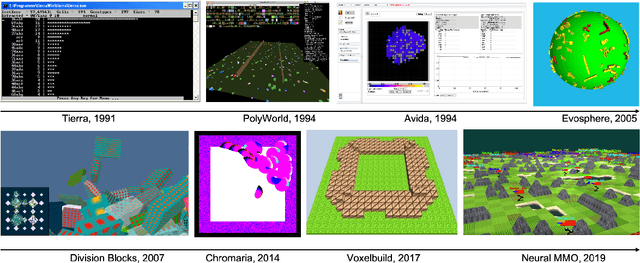
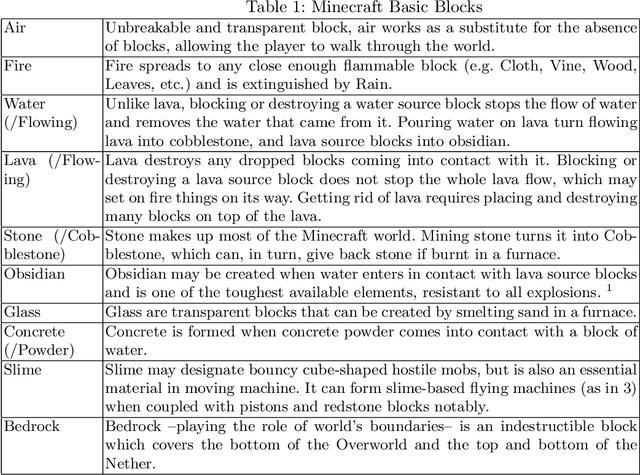
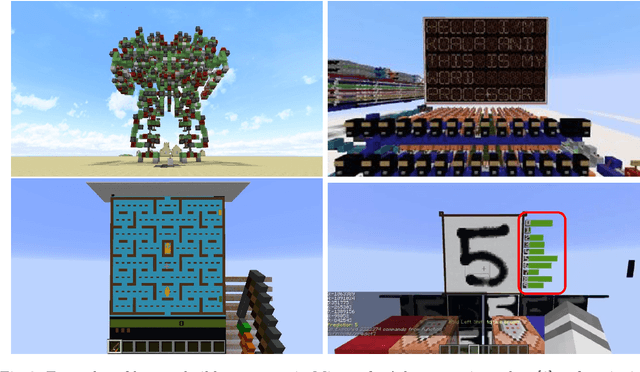
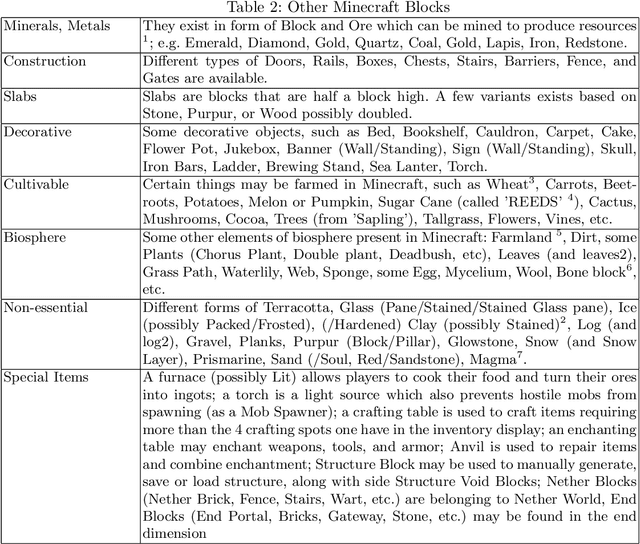
Abstract:This paper introduces EvoCraft, a framework for Minecraft designed to study open-ended algorithms. We introduce an API that provides an open-source Python interface for communicating with Minecraft to place and track blocks. In contrast to previous work in Minecraft that focused on learning to play the game, the grand challenge we pose here is to automatically search for increasingly complex artifacts in an open-ended fashion. Compared to other environments used to study open-endedness, Minecraft allows the construction of almost any kind of structure, including actuated machines with circuits and mechanical components. We present initial baseline results in evolving simple Minecraft creations through both interactive and automated evolution. While evolution succeeds when tasked to grow a structure towards a specific target, it is unable to find a solution when rewarded for creating a simple machine that moves. Thus, EvoCraft offers a challenging new environment for automated search methods (such as evolution) to find complex artifacts that we hope will spur the development of more open-ended algorithms. A Python implementation of the EvoCraft framework is available at: https://github.com/real-itu/Evocraft-py.
 Add to Chrome
Add to Chrome Add to Firefox
Add to Firefox Add to Edge
Add to Edge